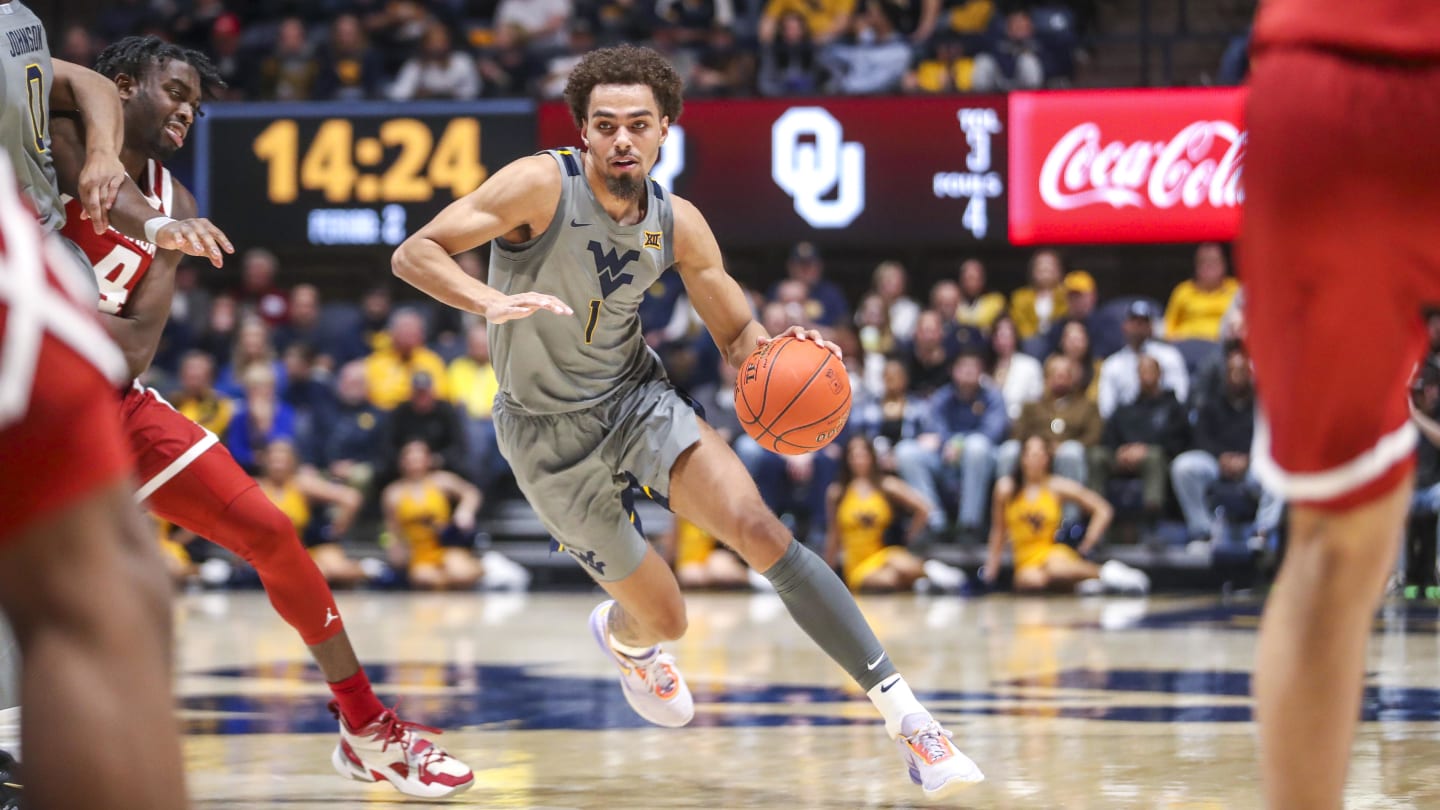Science
A big, gleaming ‘super blue moon’ will rise Wednesday night. Here’s how to see it

What’s rarer than a blue moon? A super blue moon!
The astronomical phenomenon, in which the second full moon of the calendar month reaches its full moon phase at its closest point to Earth, is set to arrive Wednesday night.
According to NASA, a blue moon is when there is more than one full moon in a month or more than three full moons in a season. They occur roughly every two to three years.
The supermoon, meanwhile, is when the moon’s full phase occurs when it reaches the perigee of its orbit, or the shortest distance between the moon and Earth. The proximity means the moon appears about 14% larger than it does during it apogee, when it is farthest from Earth.
NASA reports that about a quarter of full moons qualify as “supermoons,” but only 3% of full moons are blue moons. There can be a gap of as many as 20 years between occurrences of super blue moons, and the next super blue moon after Wednesday’s is not expected until 2037.
An optimal time to view a full moon is just after sunset when it is on the horizon and takes on a deep orange color, astronomer Tom Kerss told Forbes. The super blue moon should be at its brightest for West Coast viewers at 7:36 p.m. Pacific time. The planet Saturn will also be visible near the moon, to the upper right, before appearing to move clockwise around it.
NASA has more tips on how to view the super blue moon.

Science
LAX passenger arrested after running onto tarmac, police say

A Los Angeles International Airport passenger was arrested early Saturday morning after he became irate and ran out of Terminal 4 onto the tarmac, according to airport police.
The passenger appeared to be experiencing a mental health crisis, said Capt. Karla Rodriguez. “Police responded and during their attempt in taking the suspect into custody, a use of force occurred,” she said.
The man, who was not identified, was arrested on suspicion of battery against a police officer and trespassing on airport property, she said. He was taken to a nearby hospital for a mental health evaluation.
A video obtained by CBS shows a shirtless man in black shorts running on the tarmac past an American Airlines jetliner with a police officer in pursuit. The officer soon tackles the man and pushes him down on the pavement.
Science
Video: How SpaceX Is Harming Delicate Ecosystems

On at least 19 occasions since 2019, SpaceX’s operations have caused fires, leaks and explosions near its launch site in Boca Chica, Texas. These incidents reflect a broader debate over how to balance technological and economic progress against protections of delicate ecosystems and local communities. The New York Times investigative reporter Eric Lipton explains.
Science
Live poultry markets may be source of bird flu virus in San Francisco wastewater

Federal officials suspect that live bird markets in San Francisco may be the source of bird flu virus in area wastewater samples.
Days after health monitors reported the discovery of suspected avian flu viral particles in wastewater treatment plants, federal officials announced that they were looking at poultry markets near the treatment facilities.
Last month, San Francisco Public Health Department officials reported that state investigators had detected H5N1 — the avian flu subtype making its way through U.S. cattle, domestic poultry and wild birds — in two chickens at a live market in May. They also noted they had discovered the virus in city wastewater samples collected during that period.
Two new “hits” of the virus were recorded from wastewater samples collected June 18 and June 26 by WastewaterSCAN, an infectious-disease monitoring network run by researchers at Stanford, Emory University and Verily, Alphabet Inc.’s life sciences organization.
Nirav Shah, principal deputy director of the U.S. Centers for Disease Control and Prevention, said that although the source of the virus in those samples has not been determined, live poultry markets were a potential culprit.
Hits of the virus were also discovered in wastewater samples from the Bay Area cities of Palo Alto and Richmond. It is unclear if those cities host live bird markets, stores where customers can take a live bird home or have it processed on-site for food.
Steve Lyle, a spokesman for the state’s Department of Food and Agriculture, said live bird markets undergo regular testing for avian influenza.
He said that aside from the May 9 detection in San Francisco, there have been no “other positives in Live Bird Markets throughout the state during this present outbreak of highly-pathogenic avian flu.”
San Francisco’s health department referred all questions to the state.
Even if the state or city had missed a few infected birds, John Korslund, a retired U.S. Department of Agriculture veterinarian epidemiologist, seemed incredulous that a few birds could cause a positive hit in the city’s wastewater.
“Unless you’ve got huge amounts of infected birds — in which case you ought to have some dead birds, too — it’d take a lot of bird poop” to become detectable in a city’s wastewater system, he said.
“But the question still remains: Has anyone done sequencing?” he said. “It makes me want to tear my hair out.”
He said genetic sequencing would help health officials determine the origin of viral particles — whether they came from dairy milk, or from wild birds. Some epidemiologists have voiced concerns about the spread of H5N1 among dairy cows, because the animals could act as a vessel in which bird and human viruses could interact.
However, Alexandria Boehm, professor of civil and environmental engineering at Stanford University and principal investigator and program director for WastewaterSCAN, said her organization is not yet “able to reliably sequence H5 influenza in wastewater. We are working on it, but the methods are not good enough for prime time yet.”
A review of businesses around San Francisco’s southeast wastewater treatment facility indicates a dairy processing plant as well as a warehouse store for a “member-supported community of people that feed raw or cooked fresh food diets to their pets.”
-

 World1 week ago
World1 week agoTension and stand-offs as South Africa struggles to launch coalition gov’t
-

 Politics1 week ago
Politics1 week agoFirst 2024 Trump-Biden presidential debate: Top clashes over issues from the border to Ukraine
-

 News1 week ago
News1 week ago4 killed, 9 injured after vehicle crashes into Long Island nail salon
-

 News1 week ago
News1 week agoSupreme Court denies Steve Bannon's plea to stay free while he appeals
-

 News1 week ago
News1 week agoVideo: How Blast Waves Can Injure the Brain
-

 Politics1 week ago
Politics1 week agoTrump says 'biggest problem' not Biden's age, 'decline,' but his policies in first appearance since debate
-

 Movie Reviews1 week ago
Movie Reviews1 week agoMovie review: A Quiet Place, quivering since Day One
-

 News1 week ago
News1 week agoIncreasing numbers of voters don’t think Biden should be running after debate with Trump — CBS News poll















